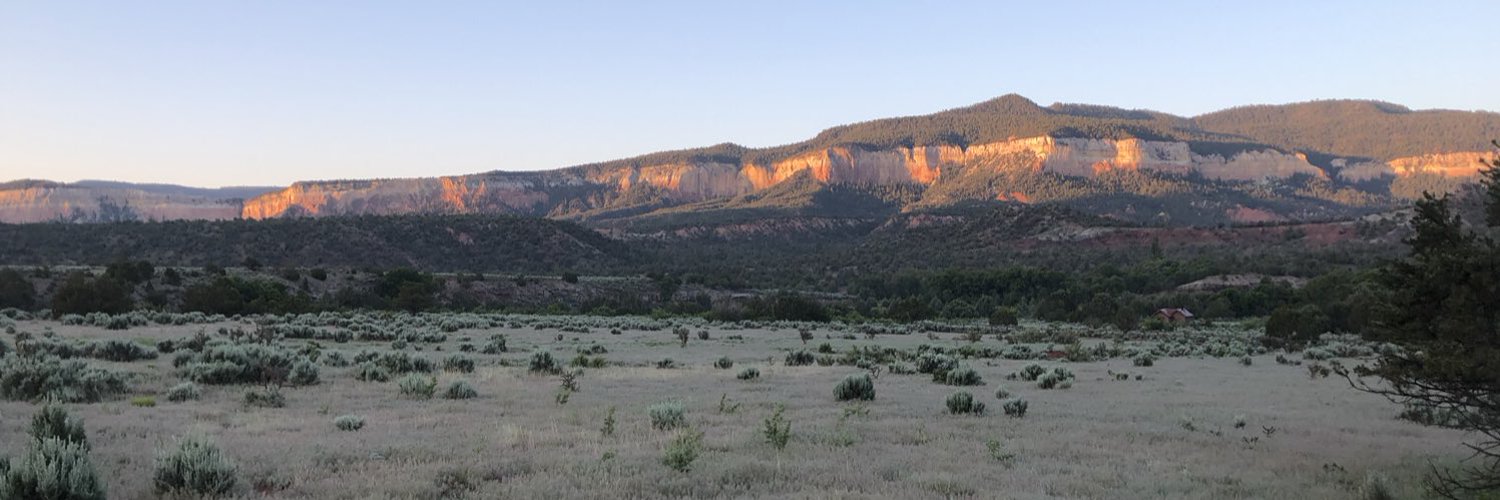In New Mexico, one can easily pass back and forth between Indian tribal lands and non-tribal lands, often without knowing it. Under federal law, Indian tribal police officers have extremely limited authority to enforce state and tribal criminal laws against non-Indians. Thus, many New Mexico counties will commission tribal police officers to act as county sheriff’s deputies to enable them to enforce the laws against non-Indians who may be present on Indian lands.
Last week, the New Mexico Supreme Court issued its decision in Loya v. Gutierrez, which considered whether a county has an obligation to defend and indemnify a tribal police officer who is sued in tort for arresting a non-Indian in his capacity as a county deputy sheriff.
The case arose when the non-Indian plaintiff, Jose Loya, was arrested by Officer Glen Gutierrez of the Pojoaque Pueblo police department for reckless driving. Officer Gutierrez had the power to arrest Loya because Santa Fe County had commissioned him as a deputy sheriff. When Loya brought a Section 1983 lawsuit against Officer Gutierrez, the County declined to provide a defense for him, arguing primarily that he was not a County employee. Loya brought a claim against the County, which the lower courts rejected.
As Justice Richard Bosson explained, the New Mexico Tort Claims Act obligates a governmental body to provide a defense and indemnity not only for employees on the County’s payroll, but also for any “public employee,” which the statute defines as any “person[ ] acting on behalf of or in service of a governmental entity in any official capactiy, whether with or without compensation.”
Justice Bosson’s opinion also contains an interesting discussion of the common-law powers of sheriffs and deputy sheriffs, explains how New Mexico governments and Indian tribes have shared law enforcement duties, and rejects the County’s counter-arguments based on the negative public policy consequences that would follow from them.
If you’re interested in law enforcement and New Mexico history, you should put this opinion on your reading list.
